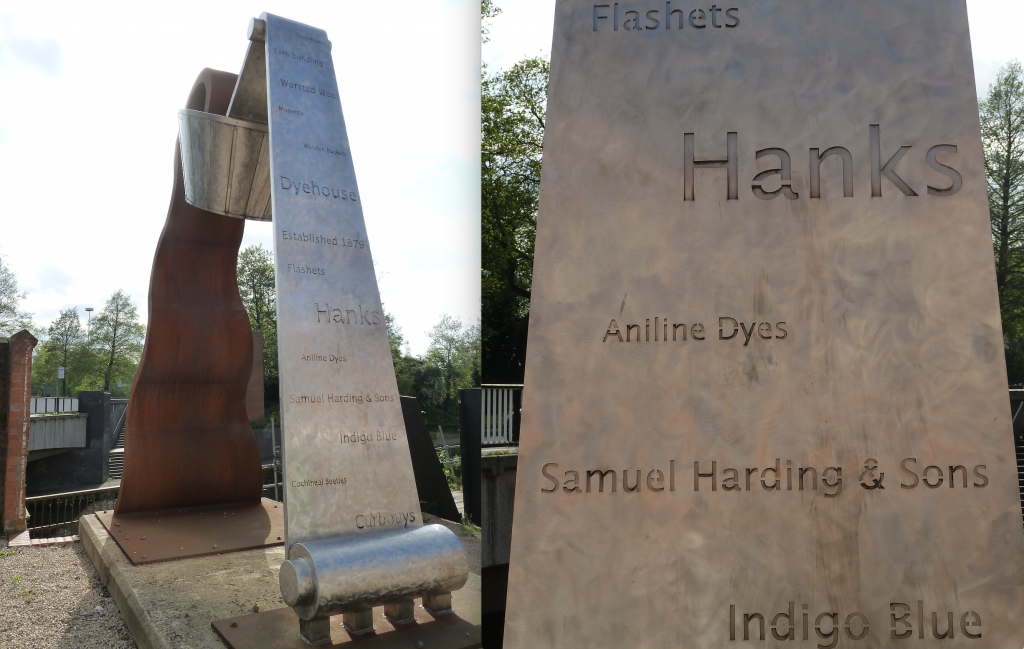As you arrive at ‘The Flat’ from the grave of John George and Emmeline Collis, one of the first memorials you see is that of their eldest daughter, Cary Louisa Harding. It’s an imposing double grave, with two grey granite stones raised on a plinth and set under a pediment.

Cary Louisa Collis was born in December 1864 – when her father was a machinist (engineer) living at Sanvey Gate – but she spent virtually all of her younger years living and working at her parents’ pubs: initially the North Bridge Inn, then the Hinckley Road Brewery, and later as a barmaid at the Magazine Hotel on Newarke Street (1891 census). It’s possible that she met her husband-to-be, William Warrington Harding, when he came in for a pint but it’s more likely that their fathers knew one another, mixing as they did in the town’s business circles; after William and Cary’s marriage in 1892 there was a second Harding-Collis marriage a couple of years later when Cary’s sister Emmeline Collis married William’s brother Ernest Warrington Harding.
William’s father, Samuel Harding, had established a fabric dyeing business in Bath Lane in 1859. It grew to become a considerable enterprise, led successively by four generations of the Harding family, before shifting into property development (on the Bath Lane site and further afield).


Among those commemorated on the Welford Road monument is William and Cary’s eldest son, Samuel Collis Harding, who was awarded the Military Medal for his part in the Hohenzollern Redoubt. Commissioned into the Machine Gun Corps and later transferred to the first Tank Battalion, he was killed at Passchendale on 22 August 1917.
There is still an echo of Harding’s dyeing business in Bath Lane, even though the dye-works has long since closed down; a large metallic sculpture close to the canal near West Bridge depicts a length of fabric winding through a bucket of dye, inscribed with “Samuel Harding & Sons”, scourhouse, flashets, indigo blue and other phrases from the trade.

The Hardings would have known another relative of mine who worked in the dyeing trade – George Pink, who we’ll meet shortly – but in the meantime we have another family grave to visit. Continue through ‘The Flat’ along the central avenue towards the stone staircase and nip to the left down the third pathway before the end. Look out (a few plots in on your right-hand side) for a stone cross with an ‘S’ inscribed on the top of it…